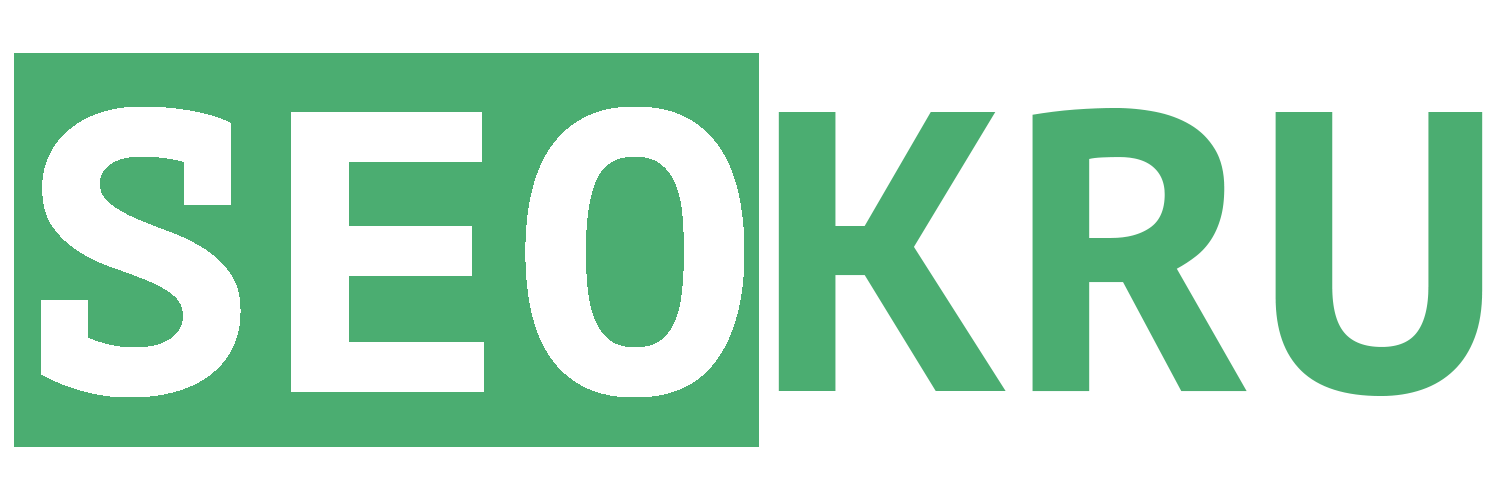SEO Content Writing Introduction
Before we begin, I would like to underline that we’re not only writing for Google’s algorithm but first and foremost to our readers and potential customers; with that we remember that Google aims to return the best answer for the user’s query.
After we publish a page, Google’s bots will crawl, index (optional) and rank our new page for numerous keywords we target intentionally or not. This is why SEO content writers should focus on informative and content with high value. It doesn’t mean we can’t be creative; it means that we need to be creative within the structure given to us by well-known SEO practices.
Content writing and SEO
Avoid duplicate contact
Do not copy-paste more than 1-2 short sentences, from other web-pages or sites, no matter what.
Headlines and content hierarchy
Each page or blog post should have only one heading (h1). Under the h1, there should be several h2’s, and within each h2, if necessary, you can add h3’s and so on.
h1 – main headline – (one per page)
h2 – main subheading
h3 – the subheading of h2
h4 – the subheading of h3
Example of proper Headings
- What is Yoga (H1)
- History of Yoga (H2)
- Types of Yoga (H2)
- Hatha (h3)
- Ashtanga(h3)
- Vinyasa (h3)
- Modern Yoga (h2)
- Minimum of words per article: It is suggested to keep a minimum of 600 words per article when the best practice should be around 800-1000 or even more, It depends on the topic itself and how deep you are willing to go regarding subheadings and hierarchy. If you need to explain a subject don’t underwrite and don’t overwrite, find the right balance.
- Voicing: When writing new content for a page or blog post, the content writer should consider what should be the right tone. It depends on the brand and current written content found on the site since we want to stay consistent with the rest of the site.
- Using SEO keywords: As SEO content writers, we write both for real readers and Google. It is why it is vital to include the targeted SEO keywords within the text naturally. Include the SEO keywords into the main headline, subheadings, and actual text. however, do it naturally, so our readers will get the answers they searched for easily.
If you ask how many times you should use each keyword, the answer depends on how many keywords were initially dedicated to the blog post, how many words are in the post itself, and how similar these SEO keywords are. For example, “Top trading platform” and “Best trading platform” are almost the same Keyword and has almost the same meaning. You still may use both variations since they are similar but separate SEO keywords, just make sure that you do it naturally.
Example for a non natural /keyword stuffing text (try to guess the keyword):
I love visiting hotels, I love visiting hotels so much that every time I’m in a hotel, I think to my self ‘gosh that’s a pretty hotel, I should remember this hotel so I would come back here and tell all my friends what an amazing hotel this is.
Example of a natural usage of keywords:
I love visiting hotels, I love it so much that every time I’m in a hotel I think to my self how much I love it and remember to tell my friends how amazing it is.
- Using context: Since each content piece has its targeted keywords given by the SEO team, those keywords are fundamentally only a tiny fracture of all other keywords that we didn’t target, such as relevant technical terms, dates, laws, names of influencers in the field, historical moments, news, and so much more. Please remember that adding other keywords and phrases with a logical connection to our targeted keywords will significantly contribute to our primary goal. Not only that our readers will acknowledge that we know what we are talking about, but it will also show to Google’s algorithm that this website and web-page has the knowledge and the authority concerning the topic and keyword group. Also, it is a great way to earn extra long-tail SEO keywords on our page.
- External links and quotes: Please do not forget to link any research, controversial statements, or claims you have in the article to websites considered to have authority on the topic. By doing so, you are proving and backing up your claims, which is very important both for SEO and for content quality. If you find a content piece that you feel is relevant to the blog post, you should rewrite it and then, if the site has authority on the current topic, and it is not a competitor, use a hyperlink to link a phrase or a relevant word to that site from the blog post. Try to keep a maximum of 3 external links per blog post.
- Internal links: Internal hyperlinks are a vital SEO practice to help on-site SEO. If you mention a topic/keyword with an existing page or blog post, don’t forget to link to that page from the new post. It is standard having a minimum of 3-4 internal links per page.
- Media Visuals, images, videos, and infographics: Incorporated images and videos are a great way to show our readers that we know our topic from the ground up. Images can find their way to various Google image searches. There are many free image stocks sites lists, and it is very important and useful to use them. Videos could surprise you as well. But please, remember that you cannot use pictures and videos instead of regular text. In 2021 search engines actually do understand images and the image content does matter, this was not true in older days. Now we considered images, videos, and infographics as additional elements that enrich our content but still cannot substitute regular text.
- Consistency: In each post, you must keep consistency with the previously published posts. Facts are facts, do not change your message or tone just because it’s a new post. In addition, each post should start as a standalone since people who found this page on Google or Bing have no idea that they might be reading the 5 out of 18 articles. If you wish to connect the current topic to the previous one, use internal hyperlinks.
Technical SEO best practice for new content
Images
- ALT tags: Add an ALT HTML tag to each image you upload to the website. Each ALT tag is individual, and it should describe what is in the picture. If possible, incorporate the SEO keywords within the ALT tag.
- Naming your images correctly: Use the SEO keywords to name each image individually. For example, “buying-crypto-derivatives-2.png.”
HTML
- Clean your HTML: It is expected to receive additional HTML tags that will bind to your text when using software such as WORD or Google Docs. These HTML tags tell the browser various parameters such as h2’s or use “Bold text,” but there could be other tags that were added “by mistake.” The easiest way to eliminate these unwanted tags is by copying the text to a simple text editor, like the one found on Windows. After doing so, copy it to your website. Before publishing the article, don’t forget to check if your HTML is clean of unnecessary tags.



